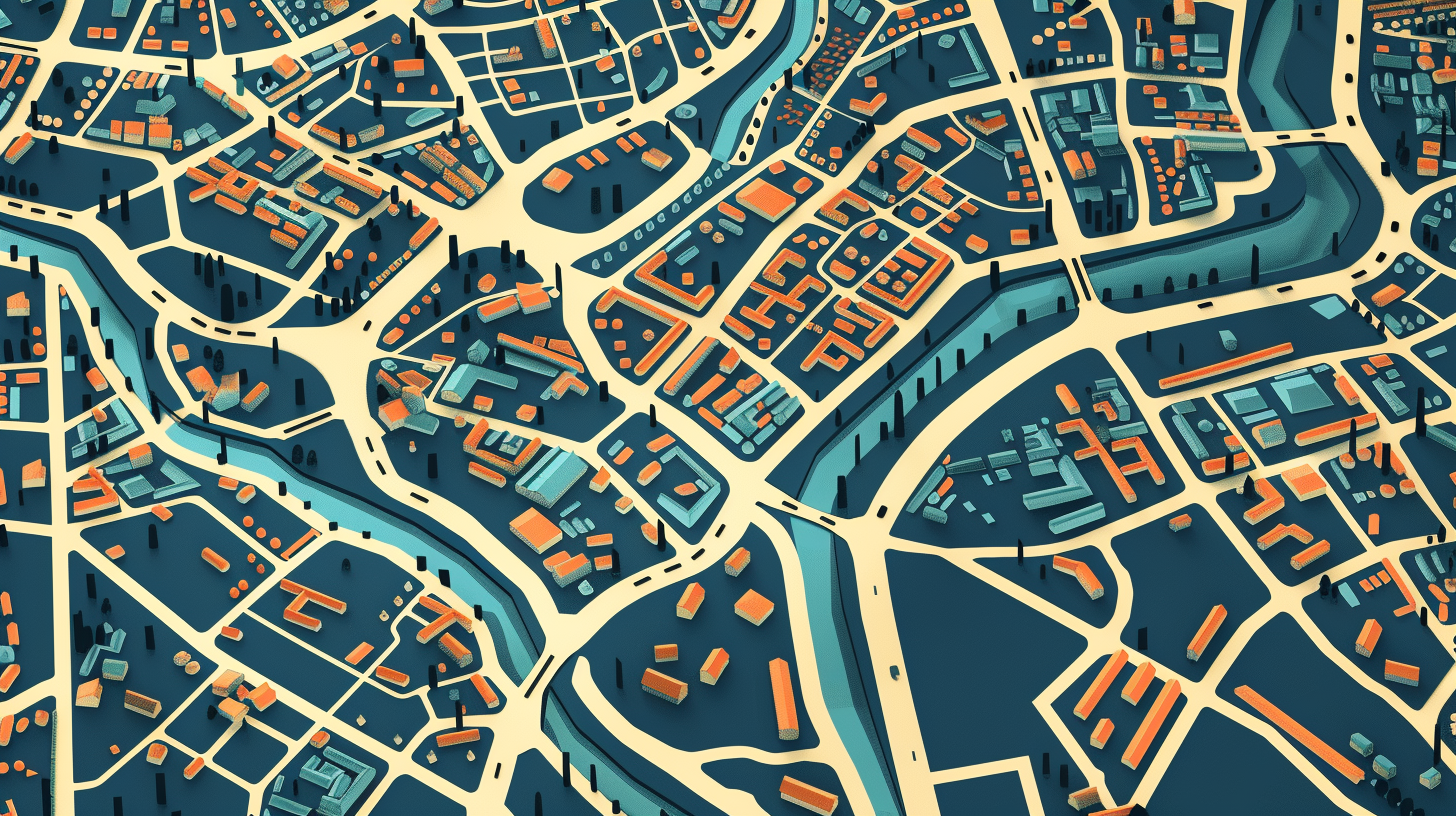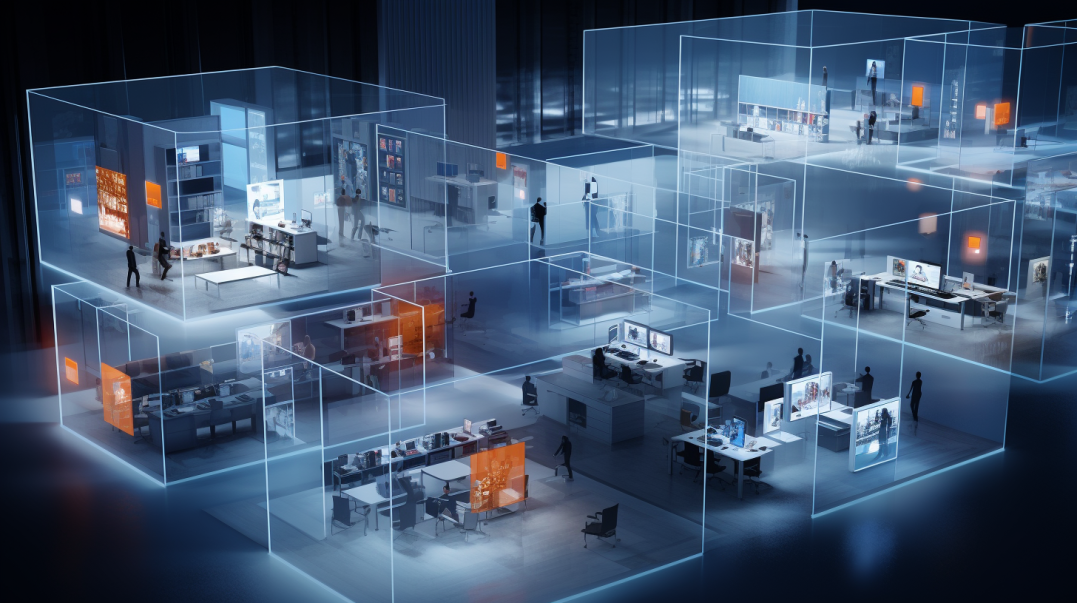Artificial intelligence (AI) and machine learning have transformed numerous industries, providing innovative solutions that were unimaginable just a decade ago. However, the rapid advancement of AI has been made possible largely due to the computational power provided by graphics processing units (GPUs). Initially designed for rendering complex graphics in gaming and video editing, GPUs have become indispensable for training machine learning models and driving AI development forward at an unprecedented pace.
The Need for Massive Parallel Computing Power
At the core of most modern AI systems are machine learning models based on approaches like deep learning and neural networks. Rather than being explicitly programmed with rules, these models learn by analyzing vast amounts of data to discover intricate patterns and relationships. This training process requires performing the same computational operations over and over, trillions of times, on immense datasets.
Traditional CPUs (central processing units) simply cannot provide the level of parallel processing power required for such computationally intensive workloads. While CPUs excel at quickly executing sequential instructions, they are limited by having only a few cores. In contrast, GPUs are designed with a massively parallel architecture consisting of thousands of tiny, efficient cores that can tackle different parts of the same problem simultaneously.
The Parallel Computing Advantage of GPUs
This ability to perform numerous parallel calculations makes GPUs particularly well-suited for deep learning and other AI workloads that involve multi-dimensional matrix and vector operations. By distributing the computation across their multiple cores, GPU cloud provider can crunch through the staggering number of operations required to train large neural networks on massive datasets at speeds up to 100 times faster than CPUs.
For example, training an image recognition model may involve applying complex mathematical functions to millions of pixels across a dataset of high-resolution images. By dividing this workload across its thousands of cores, a GPU can process the data in parallel, dramatically accelerating training times compared to a CPU operating sequentially.
GPUs also enable the training of larger, more sophisticated neural network architectures that simply wouldn't be feasible using CPUs alone due to the extraordinary computational demands. Modern AI applications like self-driving cars, natural language processing, protein folding, and scientific simulations all rely on neural nets with billions of parameters that require astonishing amounts of number-crunching during the training phase.
GPU Architectures Optimized for AI/ML Workloads
While the parallel processing capabilities of GPUs provide a tremendous boost for AI computation, GPU manufacturers like NVIDIA and AMD have also developed specialized hardware architectures and software ecosystems tailored explicitly for machine learning workloads.
NVIDIA's CUDA platform, for instance, provides a comprehensive stack of tools, libraries, and APIs that enable data scientists to efficiently develop, train, and deploy neural networks leveraging the full power of NVIDIA GPUs. Tensor Cores introduced in their Volta and Ampere GPU architectures further accelerate the core matrix/tensor operations at the heart of deep learning training and inference.
AMD's ROCm software suite similarly allows AI developers to unlock the parallel compute power of AMD GPUs, while their latest CDNA architecture incorporates specialized matrix engines and high-bandwidth memory to drive leadership performance for machine learning applications.
Dedicated AI Accelerators like Google's TPUs and Apple's Neural Engine offer an alternative path, designing custom silicon from the ground up purely for accelerating neural net workloads more efficiently than general-purpose GPUs. However, GPUs retain inherent advantages in their programmability, software ecosystems, and developer accessibility.
Powering Innovative AI Applications Across Industries
The incredible computing power provided by GPUs has not only turbocharged AI research but also made it possible to solve real-world problems and create transformative products and services across nearly every industry.
In healthcare, GPU-accelerated AI models can analyze medical imagery with superhuman accuracy to detect cancers and other diseases earlier while assisting in patient diagnosis, drug discovery, and personalized treatment planning.
Retailers are leveraging AI-powered recommendation engines, inventory forecasting, and computer vision for automated checkout experiences to enhance operational efficiencies and improve the customer experience.
Automotive companies rely on GPU-accelerated training of deep neural networks for autonomous vehicle development. These models process sensor data like camera feeds in real-time to navigate roads and detect obstacles safely.
Financial services firms employ GPU-powered AI for fraud detection, credit risk assessment, algorithmic trading, and other data-driven decision-making tasks. Manufacturing companies use it for predictive maintenance and product quality control.
Nearly every modern AI application, including customer service chatbots, voice assistants, and language models, owes its existence to GPU-accelerated machine learning and deep learning innovation.
The Continued Importance of GPUs for Next-Gen AI
As artificial intelligence continues advancing at a breakneck pace, the computational demands for training increasingly sophisticated models will only intensify. Already, some cutting-edge AI applications require multi-GPU systems with terabytes of GPU memory to train neural networks approaching billions and trillions of parameters.
While dedicated AI accelerators and novel computing architectures may claim a share of future AI training and inference workloads, GPUs are expected to remain the driving force underpinning AI development for the foreseeable future. Market leaders NVIDIA and AMD show no signs of wavering in their commitment to advancing GPU technology explicitly for machine learning and AI. Their roadmaps point to future architectures incorporating specialized AI acceleration hardware, unified memory spaces allowing unified processing across all memory, and tight software/hardware integration for unparalleled performance.
Additionally, cloud service providers like Amazon, Google, Microsoft, and others have made tremendous investments in scalable GPU-based cloud platforms to make this computational horsepower accessible to developers of all sizes. Initiatives like NVIDIA's GPU Cloud further simplify building AI services with instant access to GPU resources from a myriad of cloud partners.
The Intersection of AI and Specialized AI Chips
While GPUs currently dominate AI compute, dedicated accelerators like TPUs, Habana's Gaudi AIs, and Cerebras' massive AI processors, are emerging and gaining traction. These chips are built from the ground up explicitly for machine learning workloads and remove extraneous hardware not needed for AI computation.
For example, a TPU can perform matrix multiply operations significantly more efficiently than a GPU by optimizing its entire silicon layout around these core algebra operations. However, GPUs retain advantages in their programmability, flexibility and support for various AI models and frameworks --- providing a stable general-purpose backbone.
Hybrid approaches may ultimately strike a balance, leveraging GPU/CPU systems to handle data formatting, I/O, and other peripheral tasks while offloading the primary AI training itself to specialized accelerators. Multi-architecture AI computing can combine the strengths of multiple hardware paradigms, providing optimized implementations of various AI workloads.
The Future of AI Requires Continuous Innovation
As transformative as recent AI breakthroughs have been, the field remains in its formative stages with even more profound implications in store. Emerging frontiers like artificial general intelligence (AGI), quantum machine learning, and neuromorphic computing all point to AI models of unimaginable complexity soon outstripping our current computational capabilities.
Conclusion
Pioneering GPU technologies, domain-specific AI accelerators, and entirely new processor architectures fundamentally rethought for AI workloads will all be vital to progressing artificial intelligence research and real-world applications. However, ensured access to abundant computational resources will prove instrumental in realizing the full potential and societal benefits of this world-changing technology.

